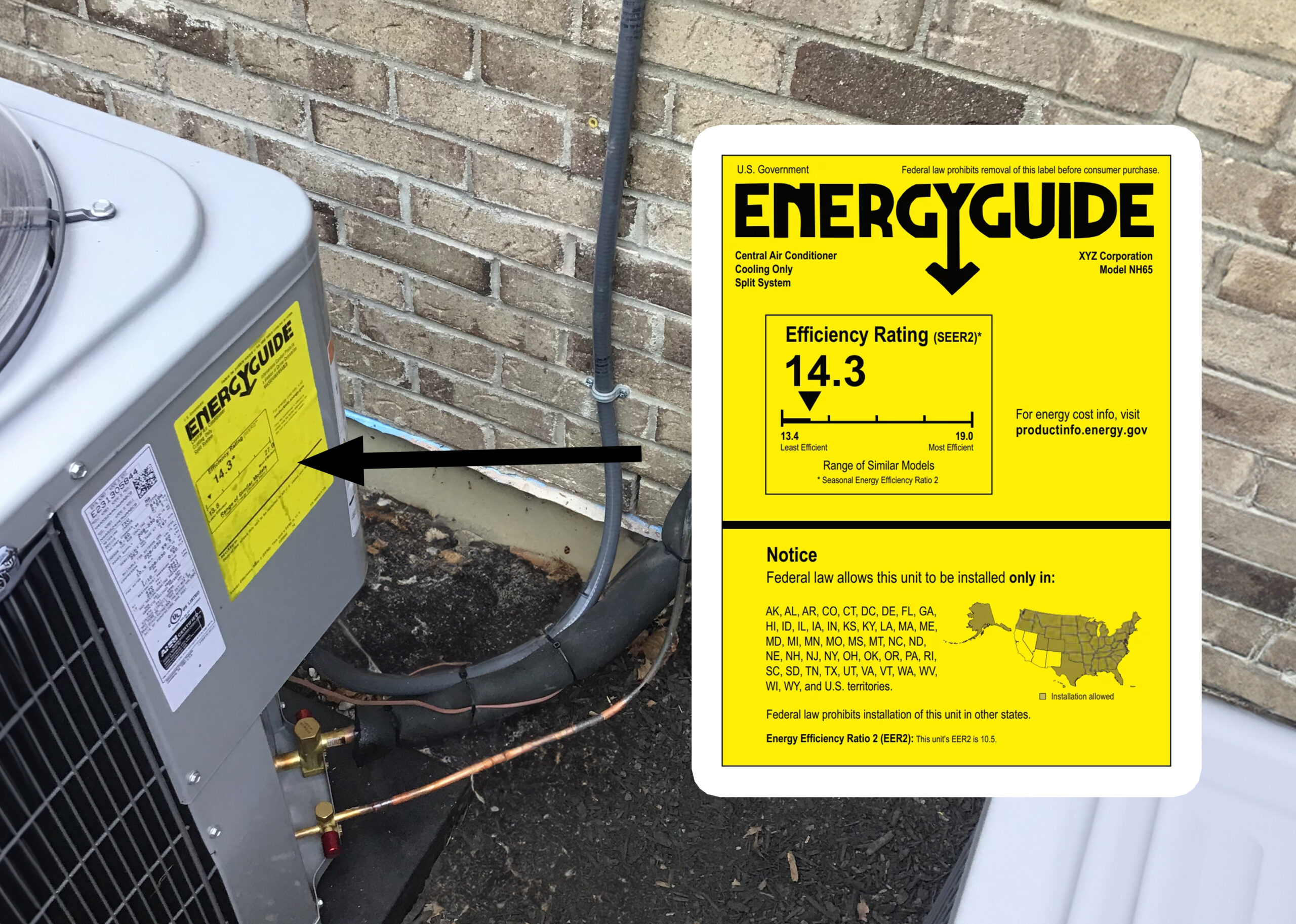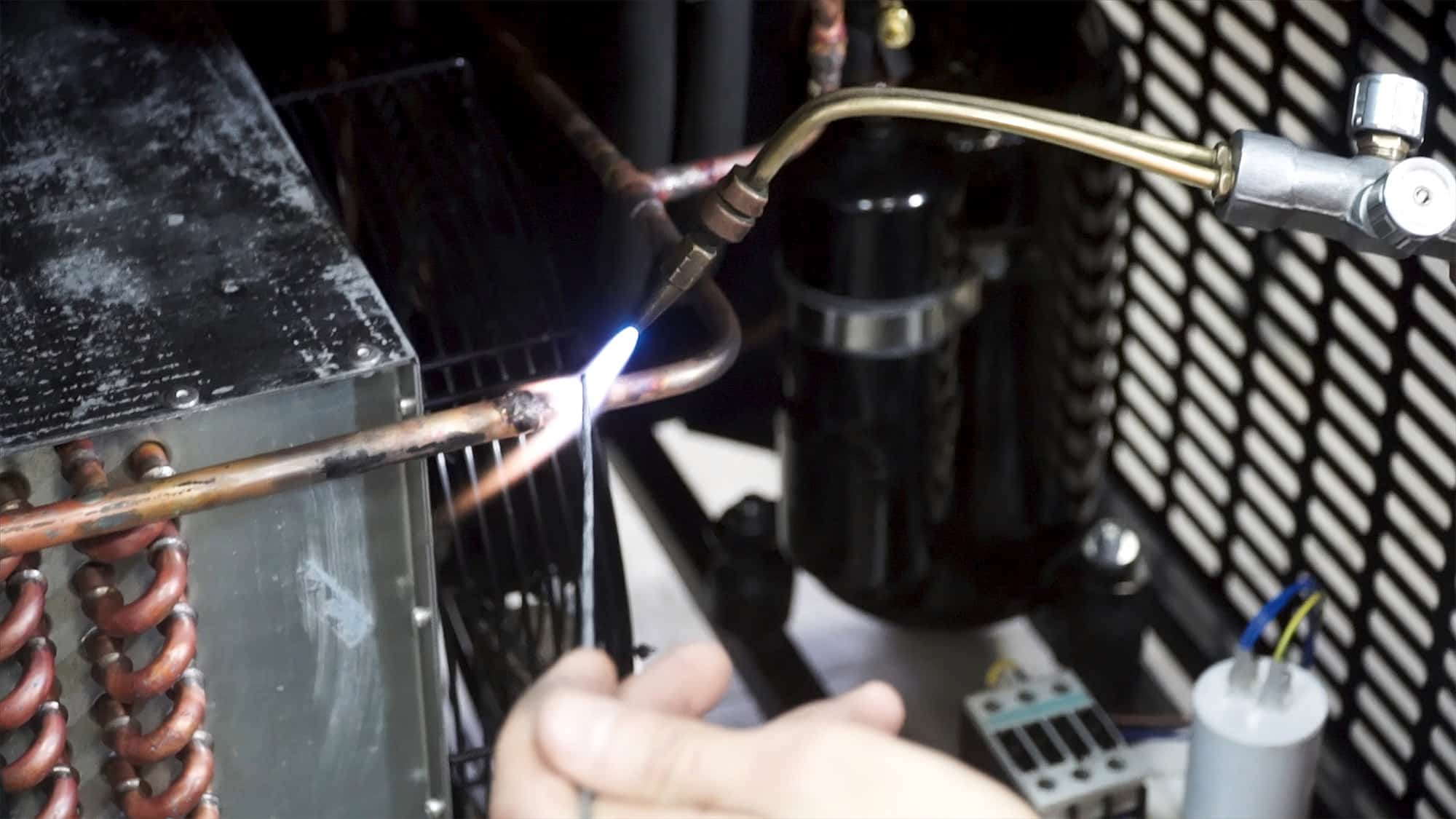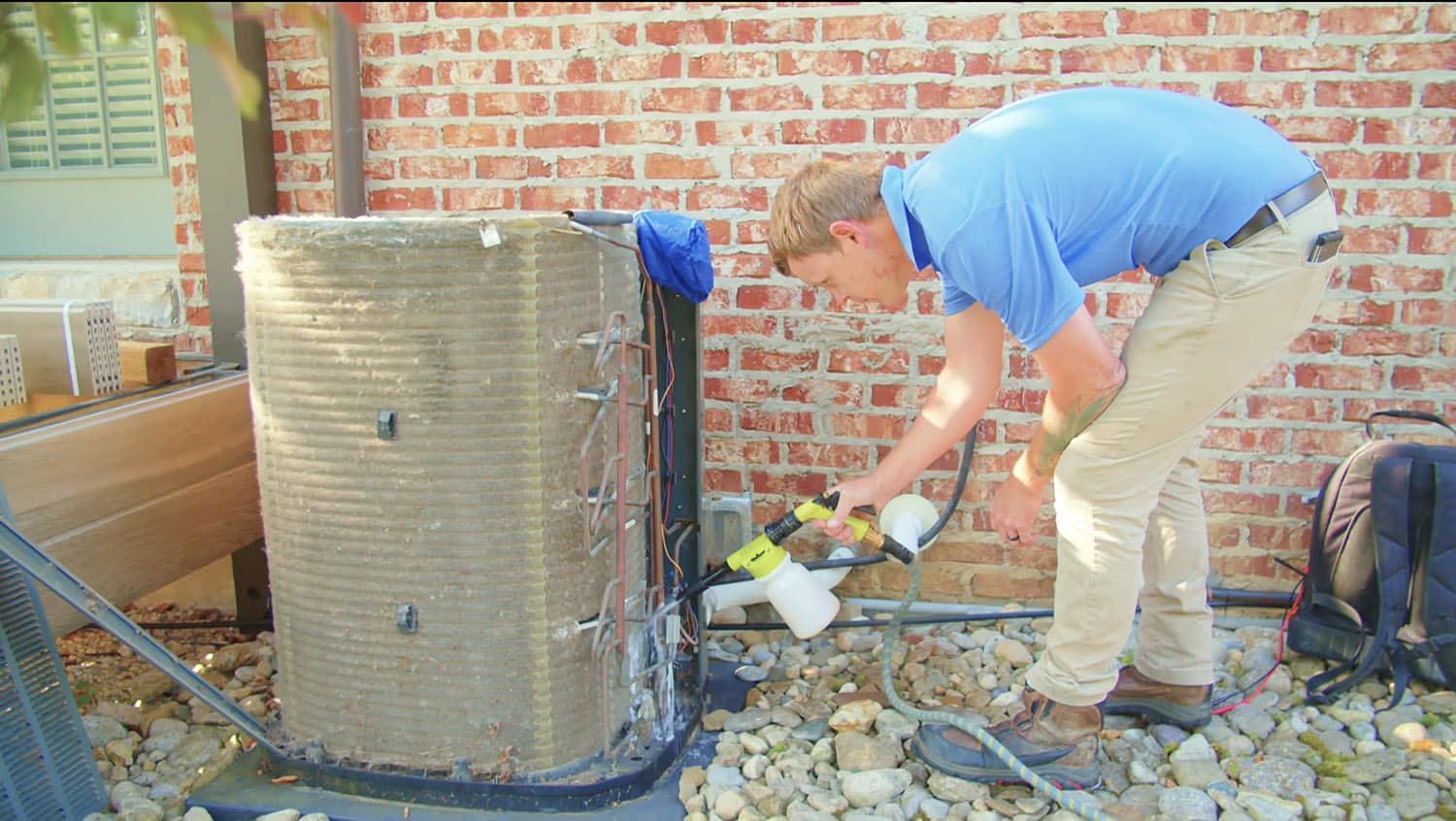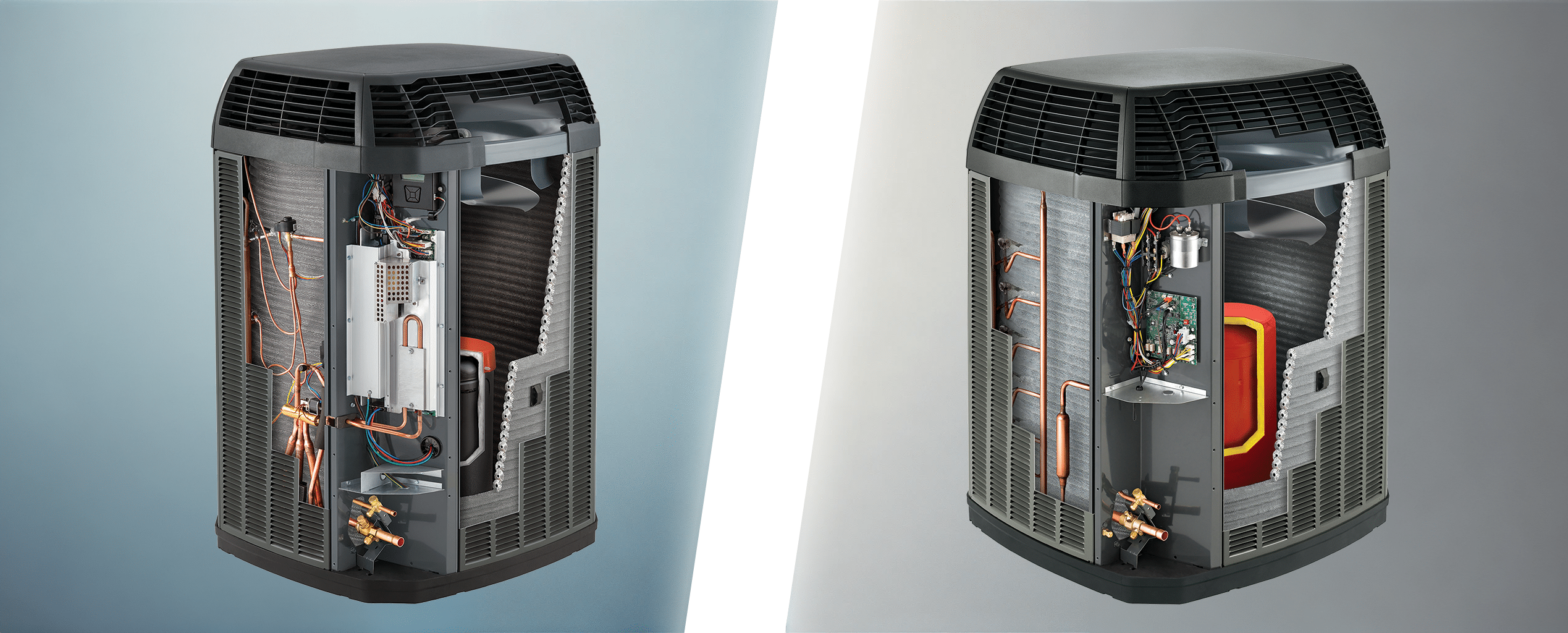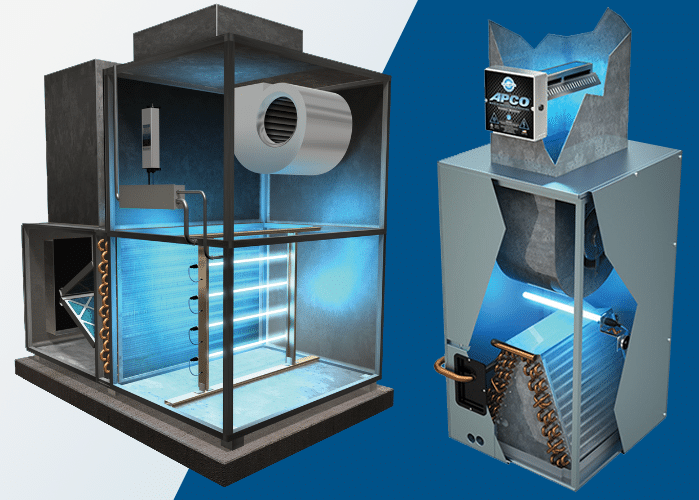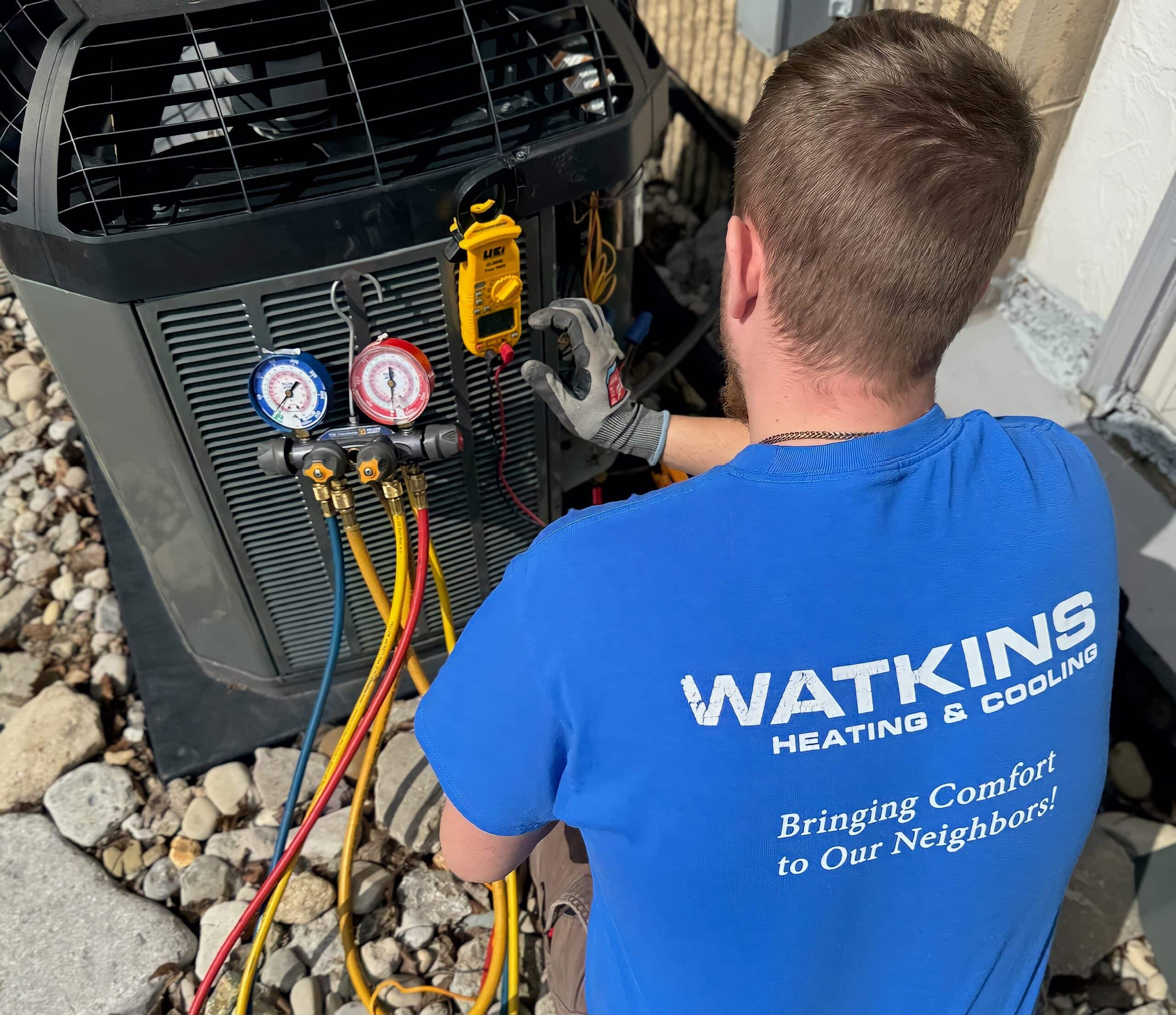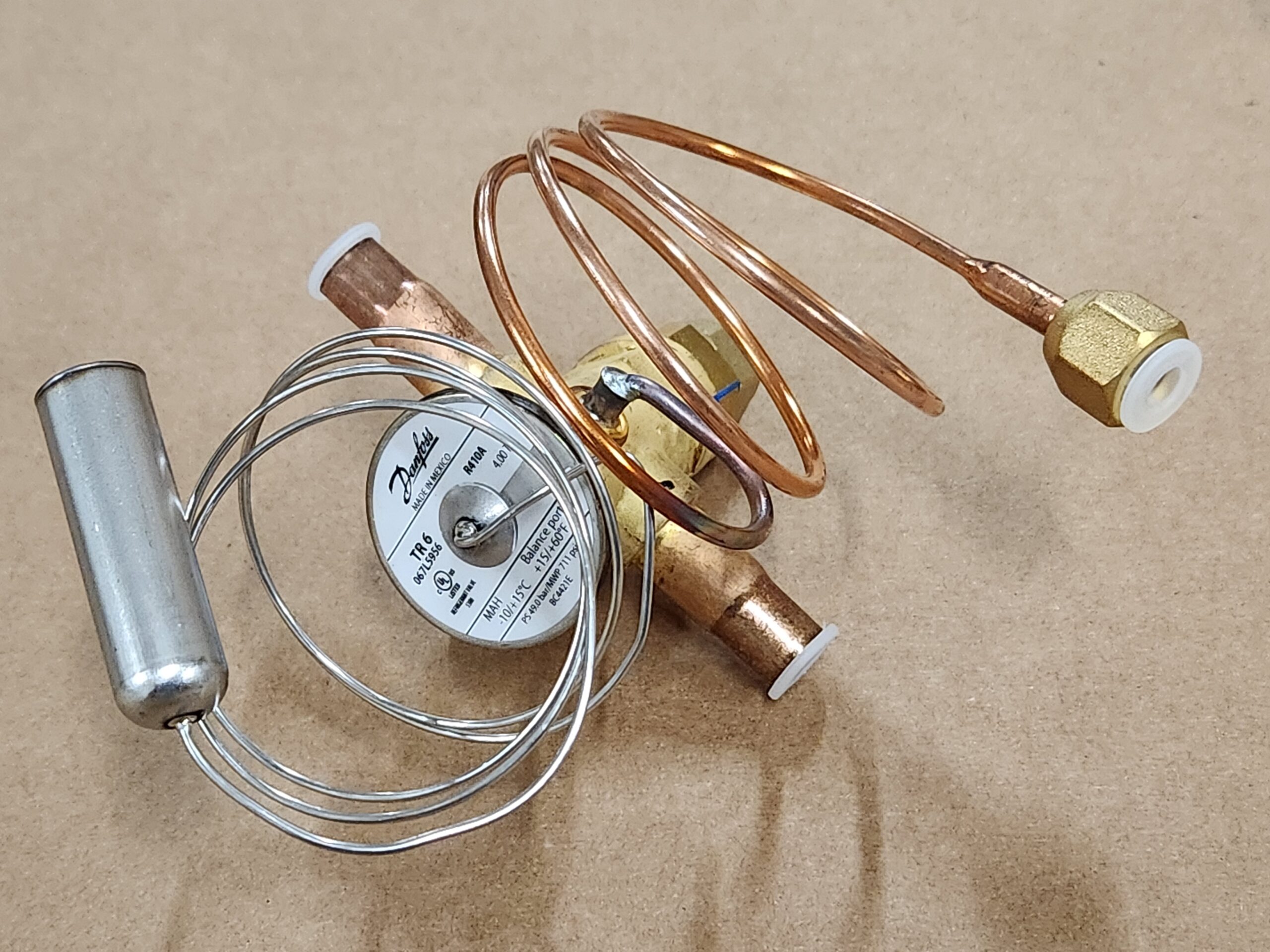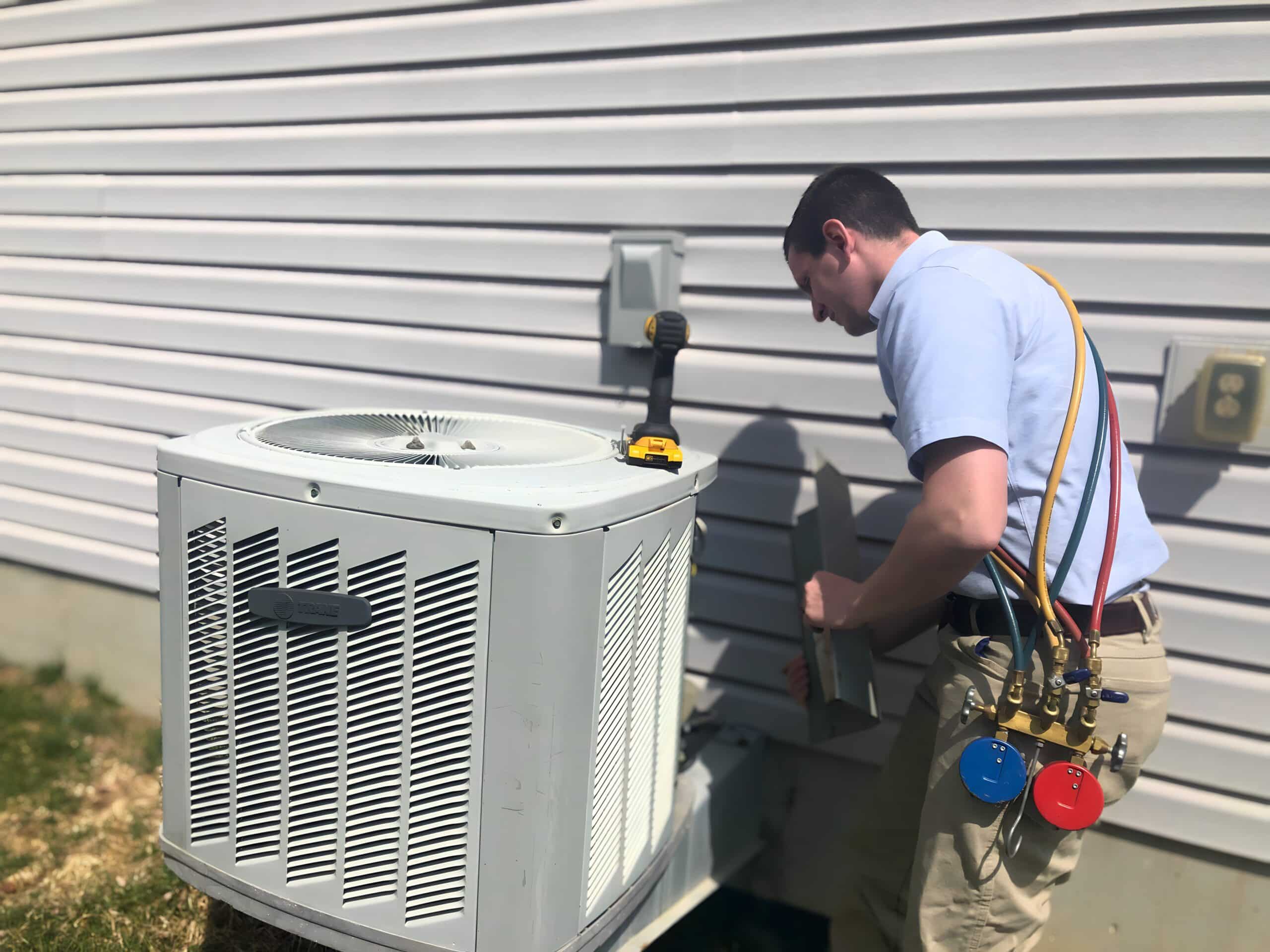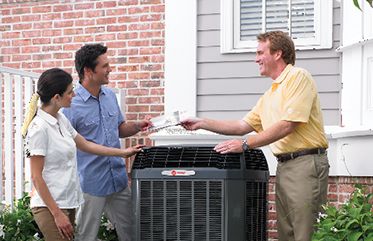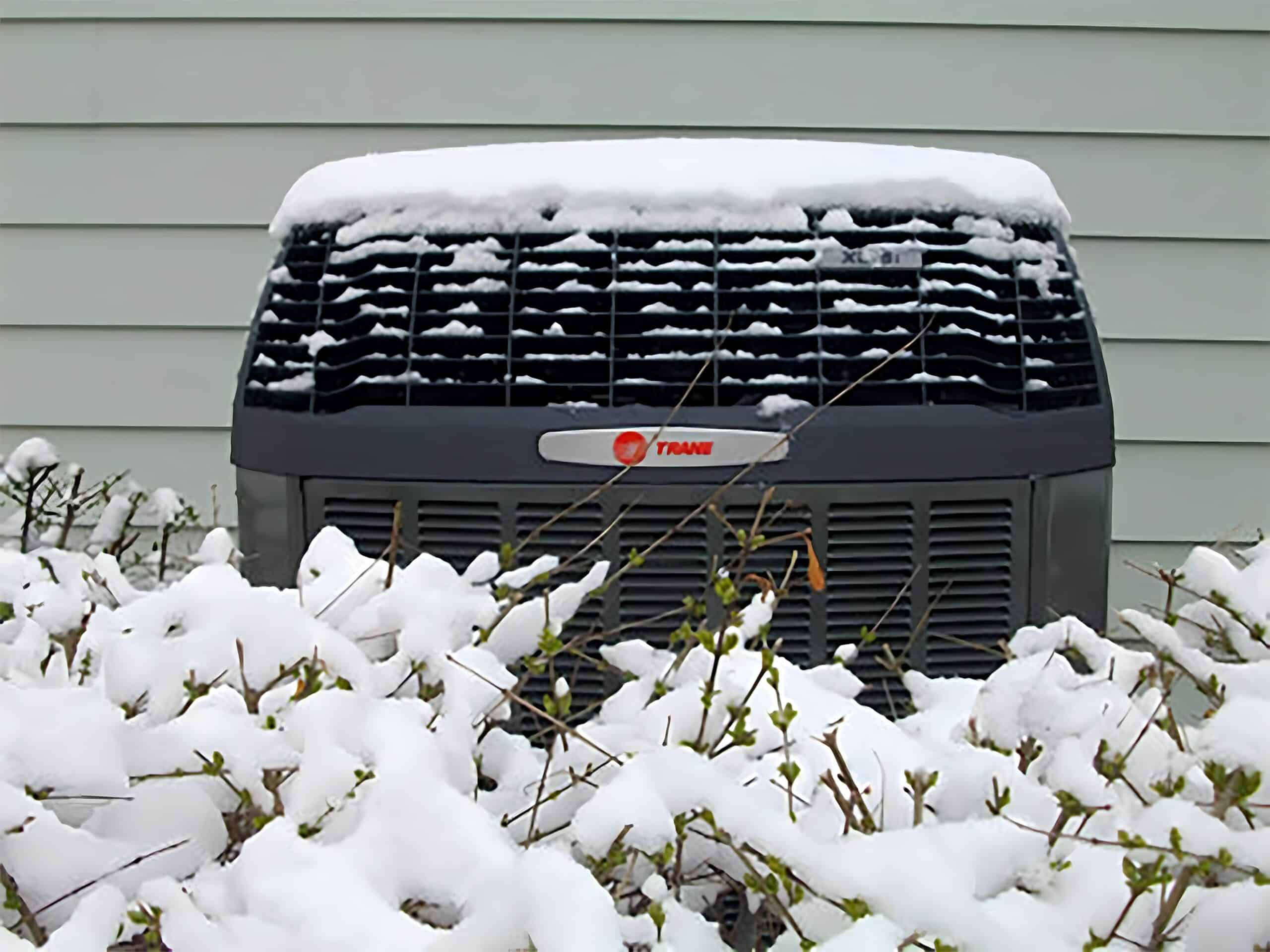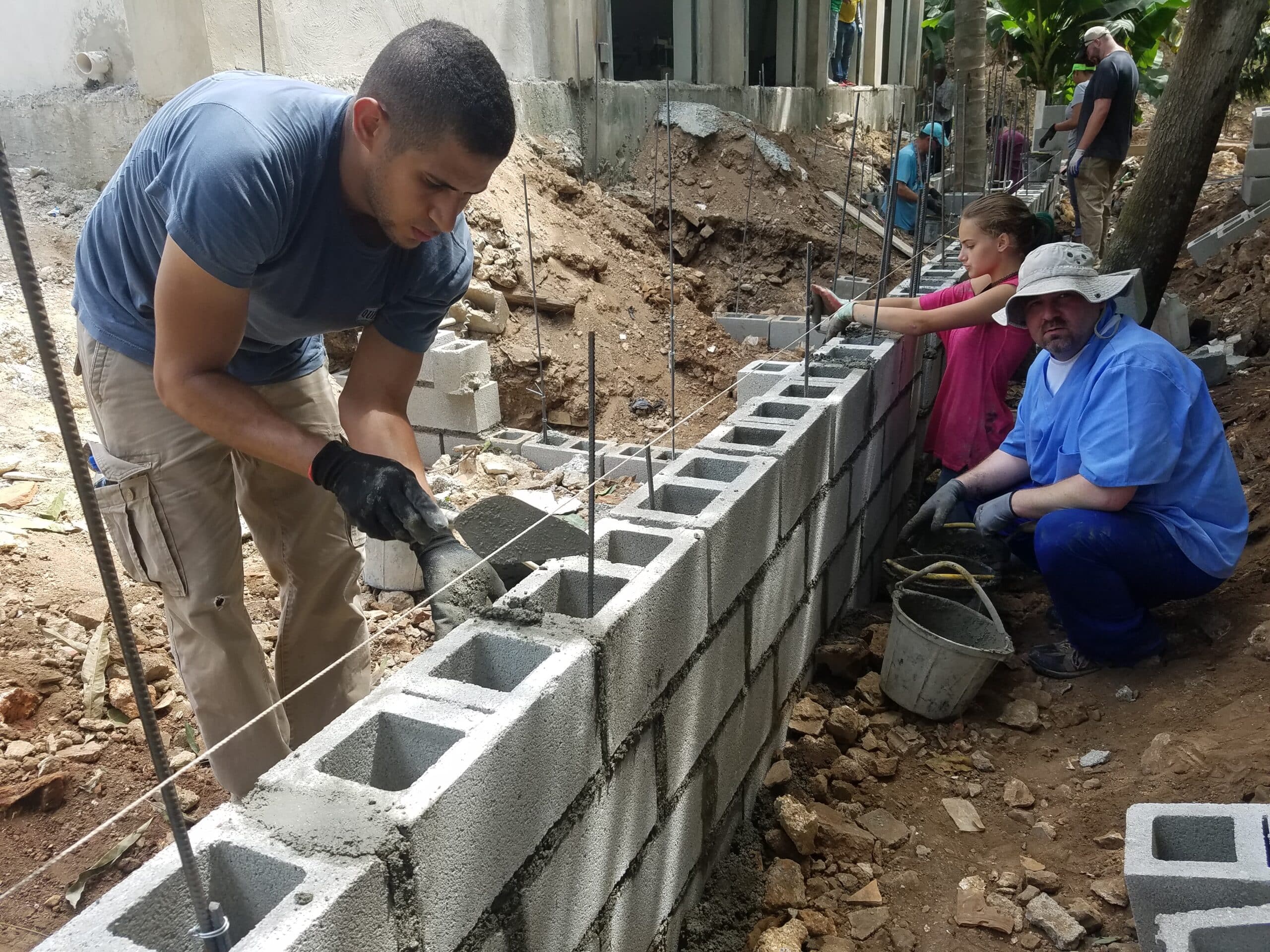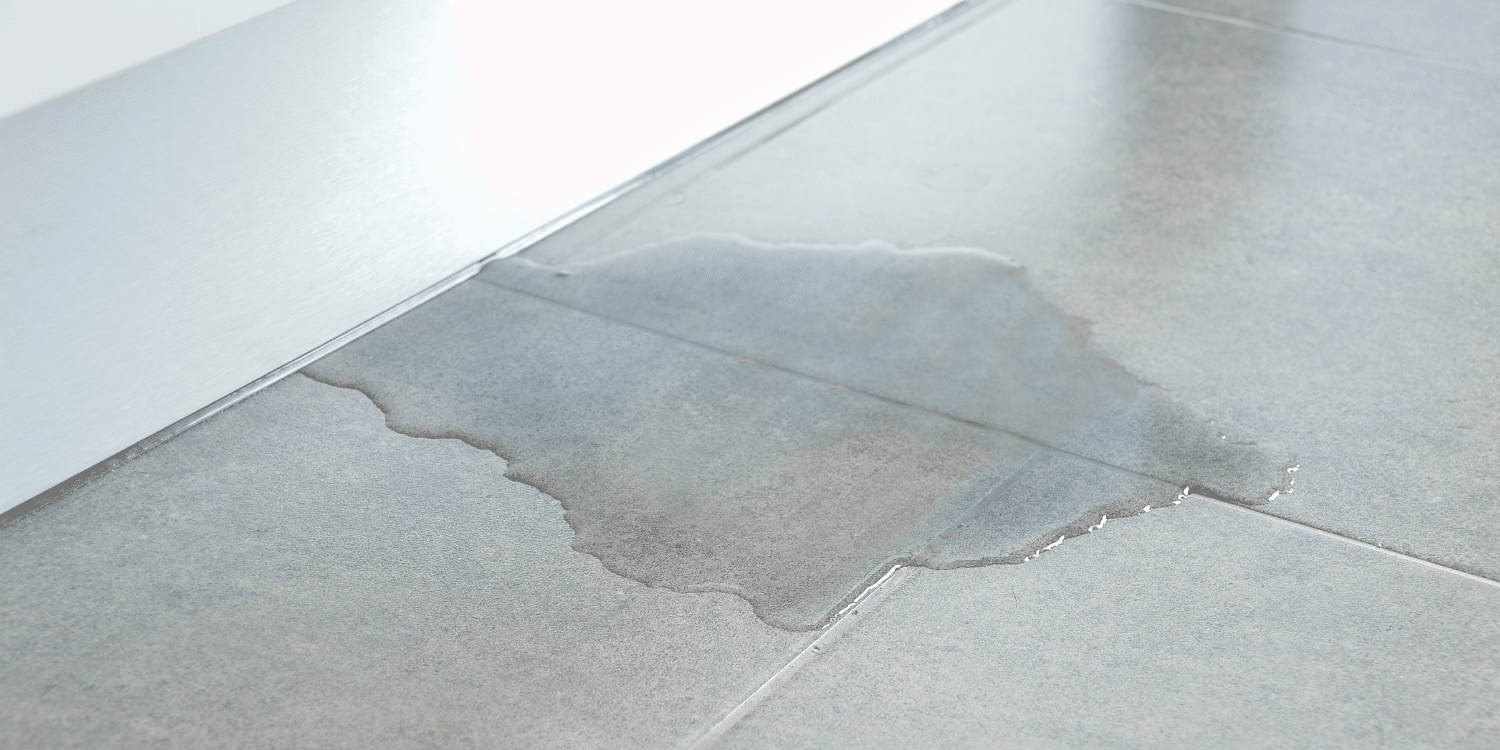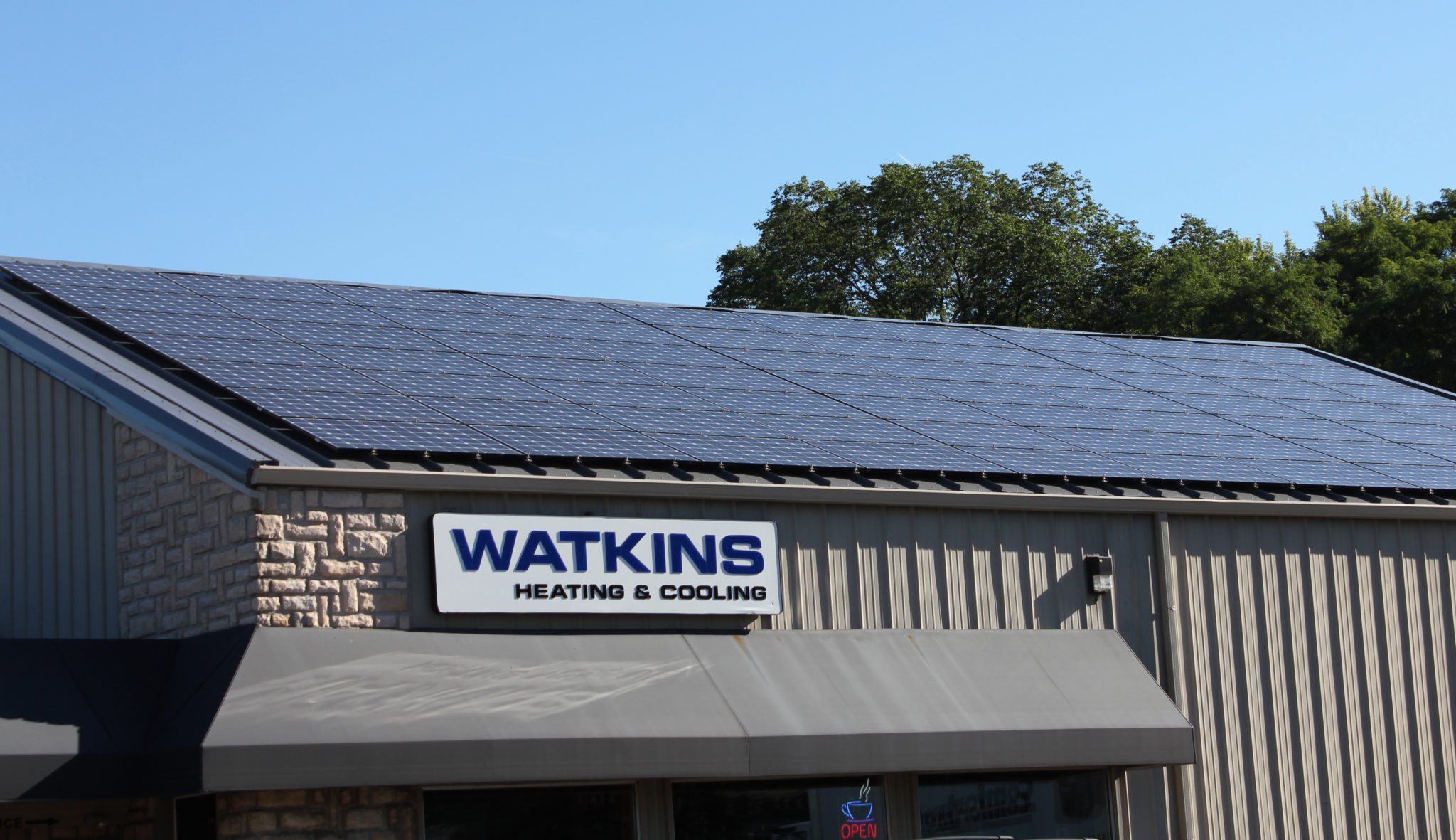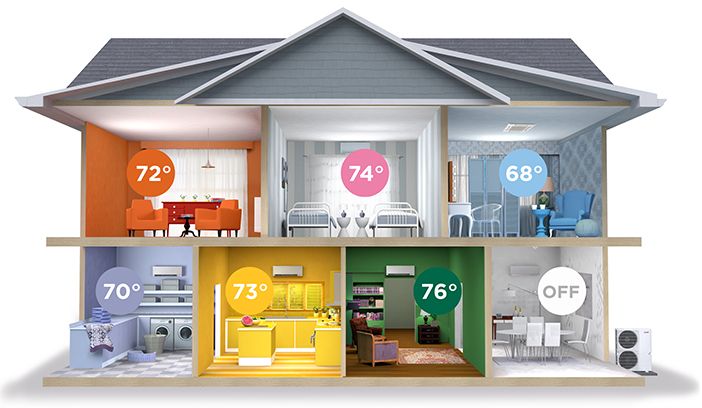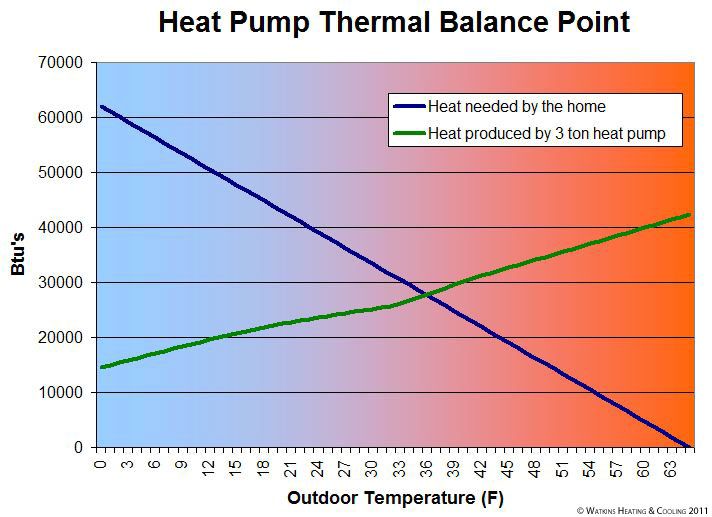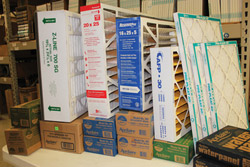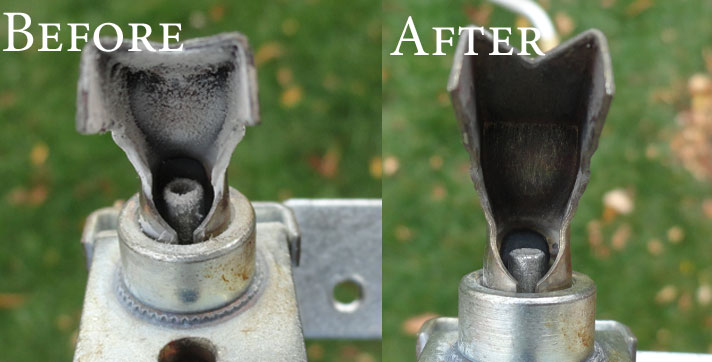It Is Cold Upstairs! Comfort Tips for a Two-Story Home.
I live in a two-story house built in the sixties. Like many homes in the Miami Valley, temperatures can vary widely from upstairs to downstairs. The root cause is that the airflow to each room does not match the heat load/loss of the individual rooms. Many HVAC designers simply underestimate the ductwork needed to heat and cool the second story. We can solve this comfort problem by either increasing the airflow to match the existing load, or by reducing the load to meet the existing airflow/ductwork.
The first solution is to modify the existing ductwork to allow more airflow to the uncomfortable rooms. In the South Dayton area, we have seen many homes where the builder used duct fittings with poor airflow characteristics. By replacing just the non-aerodynamic fittings and keeping the existing duct runs, we have been able to improve airflow by as much as 80% in some homes. If your house is like mine, the heat ducts are buried in drywall and would be very costly to replace. Replacing all the undersized heat duct is not always necessary. A few creative duct modifications may be just the ticket.
The second solution is to reduce the heat loss in the cold rooms. My home is older and I found that the second story was not insulated to today’s standards. Adding insulation can reduce the need for larger ductwork. This is somewhat like sizing the room to the ductwork rather than the other way around. Last summer I replaced all my drafty windows with new low-e3 windows.
The window upgrade reduced the temperature difference from upstairs to downstairs from 10 degrees to about 5 degrees. This Spring I spent $200 on fiberglass insulation and improved my attic insulation from less than R-19 to better than R-40. This had an immediate impact on our comfort level, further reducing the temperature variation from five degrees to about one degree. Additionally, I will save several hundred dollars per year through reduced energy usage. The best part is no duct changes or drywall work!
If you have a room or an entire floor that is not comfortable, don’t just throw more energy at it. Begin by checking that the windows, insulation, and weatherstripping are up to date. This investment will reduce your energy usage and pay dividends for as long as you own your home. If improved insulation does not completely solve your comfort issues, then we can evaluate your ductwork and recommend the right changes.
For those considering a new air conditioning system to address comfort issues, you can explore pricing and options on our Air Conditioner Pricing page. Fill out the form there to receive a free consultation and custom design for your HVAC system.






